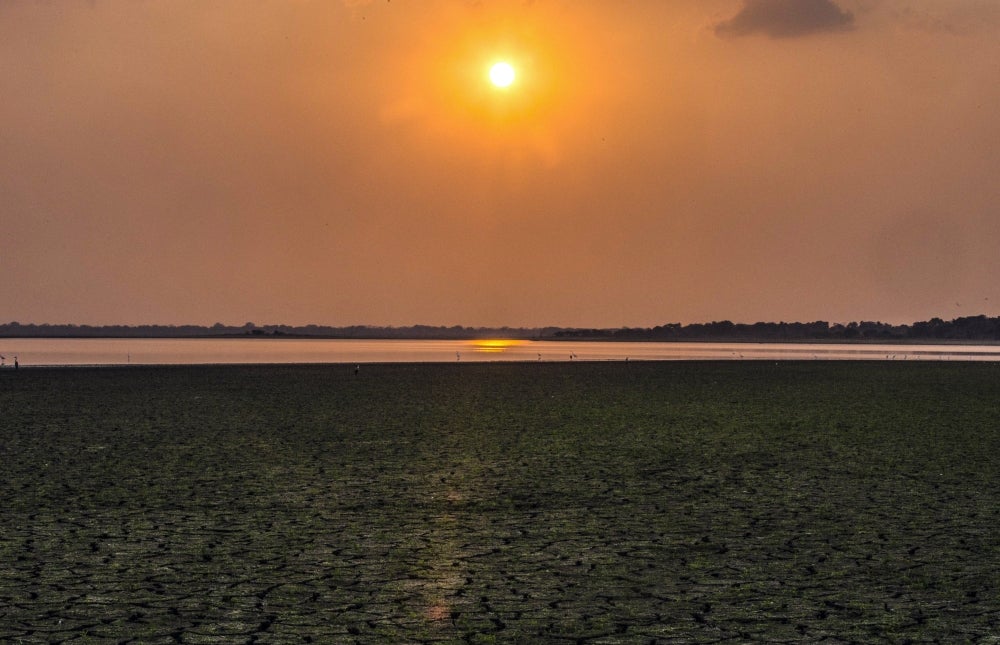How humidity makes every degree count?
Humidity turns up the heat and the threat

ARE you finding it unusually challenging to cope with Sydney's heat?
The answer might lie in the increased moisture levels in the air.
This month, Sydney experienced intense humidity, with levels nearing those of tropical Singapore.
Understanding the difference between heat and humidity is key.
The latter, characterised by sticky sweat and a sense of breathlessness, can be particularly oppressive.
But what's the reason behind this discomfort?
Decoding Humidity
According to a report by The Guardian, humidity represents the amount of water vapor in the air.
The "dew point" temperature, which indicates when water vapor condenses, helps measure humidity.
According to Prof Steven Sherwood from the University of NSW Climate Change Research Centre, a higher dew point means more moisture in the atmosphere.
Relative humidity measures how saturated the air is with water vapor at a specific temperature.
Interestingly, as air temperature increases, relative humidity drops, even if moisture levels remain constant.
In Australia, relative humidity has declined due to the land warming more rapidly than the ocean.
However, rising sea surface temperatures in the Coral and Tasman seas, along with winds over these warmer waters, have brought increased humidity to the Australian coastline.
While relative humidity may be decreasing, the "feels like" temperature, which accounts for wind and humidity, is still crucial.
Meteorologists often use the dew point, reflected in the "feels like" temperature, to assess atmospheric moisture.
The Discomfort of Humidity
According to Prof Ollie Jay, the director of the University of Sydney Heat and Health Research Incubator, humidity hampers our ability to cool down.
Our body loses heat based on the temperature difference between our skin and the environment.
When temperatures are high, our main cooling mechanism becomes sweat evaporation.
However, high humidity slows down this process, leading to increased skin temperature and discomfort.
Physical activities in humid conditions exacerbate the sensation of heat due to the impaired evaporation of sweat.
A Climate Crisis Indicator
High humidity is an often-overlooked indicator of climate change.
The rising temperatures of the world's oceans, a clear sign of climate change, are making muggy conditions in Australia more common.
The health implications are significant.
With climate change increasing both absolute humidity and water vapor, our bodies find it increasingly difficult to cool down naturally.
This elevates the risk of adverse health effects, highlighting the urgency of addressing the impacts of rising humidity in a warming climate.















